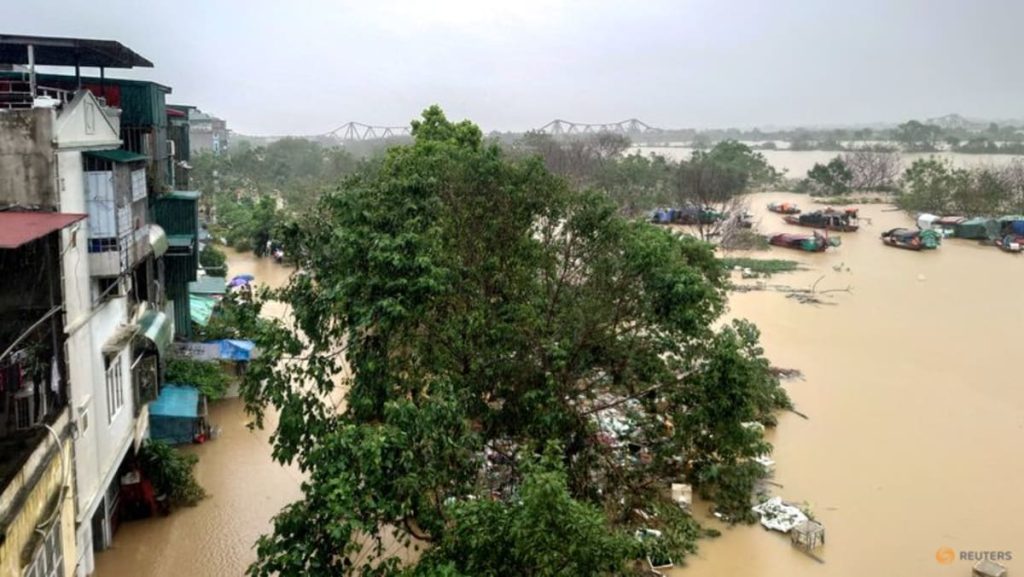Heavy rains from Typhoon Yagi have caused deadly floods and landslides in northern Thailand, resulting in four fatalities and the displacement of thousands of families. The government has mobilized resources, including the army, to provide aid to around 9,000 affected families in the provinces of Chiang Mai and Chiang Rai. Prime Minister Paetongtarn Shinawatra has assured that assistance is being delivered to those in need.
The Disaster Prevention and Mitigation Department confirmed the first deaths in the kingdom related to Typhoon Yagi, with two individuals losing their lives in a landslide in Chiang Mai and two more in Chiang Rai. The health ministry has dispatched medical personnel, volunteers, and rescue workers to assist elderly individuals in relocating to safer locations. The Thai meteorological department has issued a warning of continued heavy rains until the following Tuesday, heightening the risk of additional flash floods.
Amid the country’s annual monsoon season, exacerbated by man-made climate change, the intensification of weather patterns has increased the likelihood of destructive flooding. A total of 29 people have lost their lives in rain-related disasters since the beginning of the season, according to reports from the emergency operation center. As the government works to provide aid and support to affected communities, the need for ongoing disaster preparedness and response measures becomes increasingly apparent to mitigate the impact of extreme weather events.
The mobilization of the army and other resources signals the government’s commitment to addressing the immediate needs of those impacted by the floods and landslides in northern Thailand. With heavy rains persisting and the risk of further flooding looming, efforts to ensure the safety and well-being of affected families remain a top priority. The deployment of medical teams and volunteers underscores the importance of providing assistance and support to vulnerable populations, particularly the elderly, who may face additional challenges during natural disasters.
As the country grapples with the aftermath of Typhoon Yagi and the resulting devastation, it becomes evident that the effects of man-made climate change are exacerbating the impact of annual monsoon rains. The need for sustainable and proactive measures to address the increasing intensity of weather patterns is emphasized, as destructive floods and landslides continue to pose a threat to communities across the region. The government’s response to the current crisis highlights the importance of coordinated efforts to prevent loss of life and property in the face of natural disasters exacerbated by climate change.
In the wake of the deadly floods and landslides caused by Typhoon Yagi in northern Thailand, the government is faced with the challenge of providing ongoing support to affected communities while also preparing for the possibility of future extreme weather events. By mobilizing resources, deploying emergency response teams, and issuing warnings about the continued risk of heavy rains, authorities are working to mitigate the impact of the disaster and ensure the safety and well-being of those in harm’s way. As the country navigates the effects of man-made climate change on its annual monsoon season, the need for sustainable solutions and proactive measures to address the increasing intensity of weather patterns becomes more urgent than ever.


